10 Best Herbal Tinctures For Fibrocystic Breast Disease
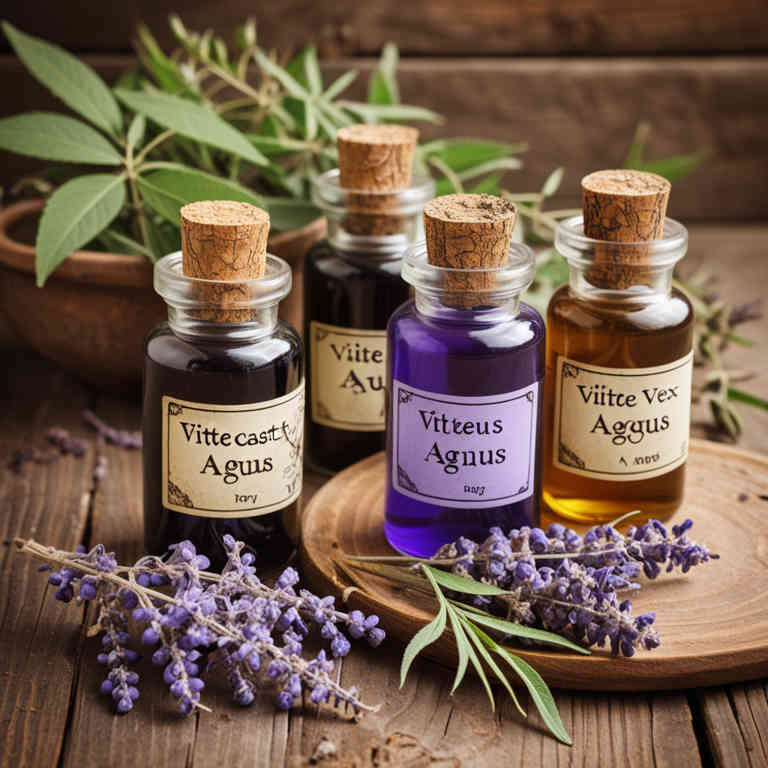
Herbal tinctures have gained attention as a complementary approach for managing fibrocystic breast disease, a condition characterized by benign breast lumps and cyclical pain.
These tinctures typically contain herbs such as milk thistle, red clover, and sage, which are believed to support hormonal balance and reduce breast tissue inflammation. Some studies suggest that certain herbal formulations may help alleviate symptoms by regulating estrogen levels and promoting detoxification. However, while anecdotal evidence and traditional use support their use, scientific research on their efficacy remains limited.
It is important for individuals to consult with a healthcare provider before using herbal tinctures, as they may interact with medications or have side effects.
FREE COURSE
How to make medicinal herbal tinctures for common ailments at home and in a weekend (using the Healing Drops System).

Table of Contents
1. Vitex agnus-castus

Vitex agnus-castus, commonly known as chasteberry, is a herbal remedy often used in tincture form to support women's health, particularly for conditions like fibrocystic breast disease.
This herb is believed to regulate hormonal imbalances, especially those involving estrogen and prolactin, which are commonly associated with the symptoms of fibrocystic breast changes. Herbal tinctures of Vitex agnus-castus are typically taken orally, usually in doses ranging from 30 to 60 drops twice daily, and are often combined with other herbs for enhanced effectiveness. Studies suggest that Vitex may help reduce breast tenderness, swelling, and the formation of cysts by modulating hormonal activity.
While generally considered safe, it is important to consult a healthcare provider before using Vitex, especially if pregnant, breastfeeding, or taking other medications.
2. Silybum marianum
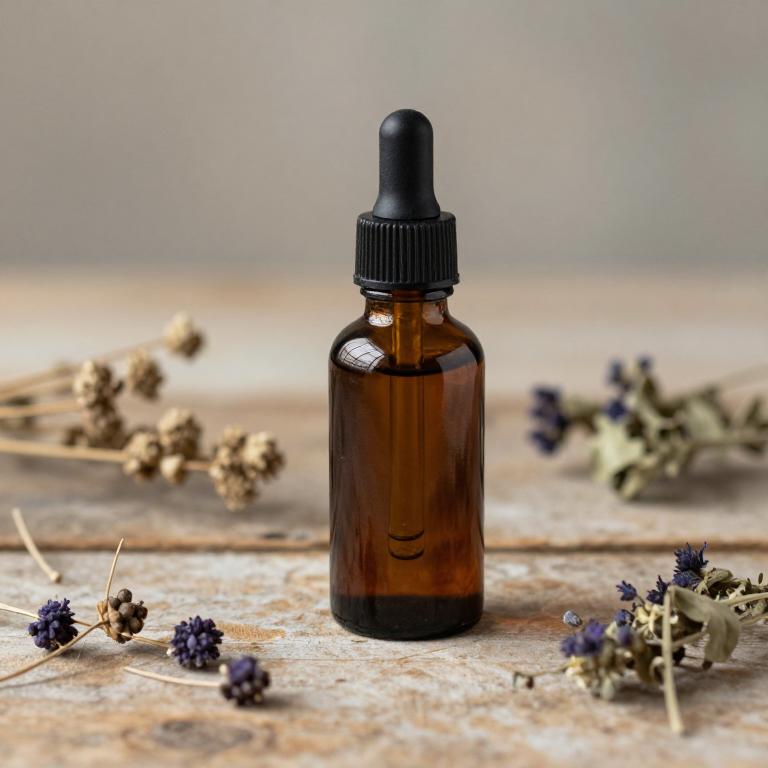
Silybum marianum, also known as milk thistle, is a herbal plant commonly used in the form of tinctures to support liver function and potentially reduce inflammation.
While primarily known for its hepatoprotective properties, some studies suggest that its active compound, silymarin, may have anti-inflammatory and antioxidant effects that could be beneficial for conditions like fibrocystic breast disease. Herbal tinctures made from Silybum marianum are often taken orally, typically in doses ranging from 100 to 400 mg per day, depending on the concentration of silymarin. Although there is limited clinical evidence specifically linking milk thistle tinctures to the management of fibrocystic breast disease, many practitioners recommend it as a complementary therapy due to its overall health benefits.
It is important to consult with a healthcare provider before using milk thistle, especially if undergoing other treatments or taking medications.
3. Urtica dioica

Urtica dioica, commonly known as stinging nettle, has been traditionally used in herbal medicine for its potential therapeutic properties, including anti-inflammatory and detoxifying effects.
Urtica dioica tinctures are often recommended as a complementary therapy for fibrocystic breast disease due to their ability to support hormonal balance and reduce breast tissue inflammation. The active compounds in stinging nettle, such as flavonoids, vitamins, and minerals, may help alleviate symptoms like breast tenderness and lump formation. While scientific evidence supporting its efficacy is limited, many holistic practitioners and patients report positive outcomes from using urtica dioica tinctures.
As with any herbal remedy, it is important to consult a healthcare provider before use, especially for individuals with pre-existing conditions or those taking other medications.
4. Echinacea purpurea
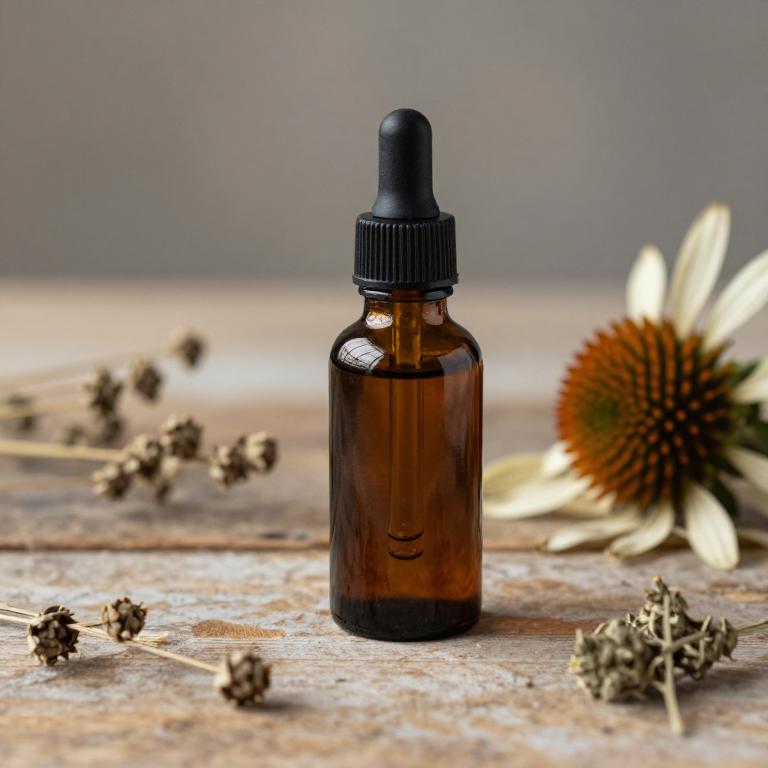
Echinacea purpurea, commonly known as coneflower, is a popular herbal remedy often used in the form of tinctures for its potential anti-inflammatory and immune-boosting properties.
While it is widely recognized for its role in supporting immune health, some studies suggest that echinacea may also have beneficial effects for conditions like fibrocystic breast disease due to its ability to reduce breast tissue inflammation. Tinctures made from echinacea are typically prepared by soaking the dried roots or flowers in alcohol, allowing for easy absorption of active compounds. However, it is important to note that while some individuals may find relief from symptoms using echinacea tinctures, more research is needed to confirm its efficacy specifically for fibrocystic breast disease.
As with any herbal remedy, it is advisable to consult a healthcare professional before incorporating echinacea into a treatment plan for breast conditions.
5. Cnicus benedictus
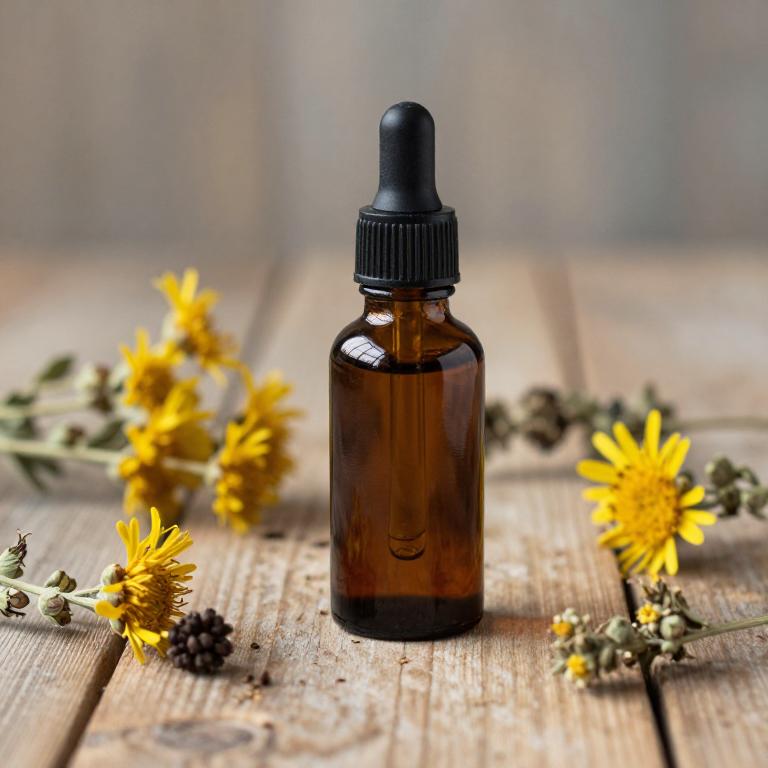
Cnicus benedictus, commonly known as blessed thorn, is a herbal remedy that has been traditionally used for its potential therapeutic effects on fibrocystic breast disease.
The tincture of Cnicus benedictus is believed to support hormonal balance and reduce breast discomfort by regulating estrogen levels, which are often implicated in the condition. It is typically taken in small doses, often diluted in water or combined with other herbs, to minimize potential side effects. Some alternative medicine practitioners recommend it as a complementary therapy alongside conventional treatments.
However, more scientific research is needed to fully understand its efficacy and safety profile for this specific condition.
6. Thymus vulgaris
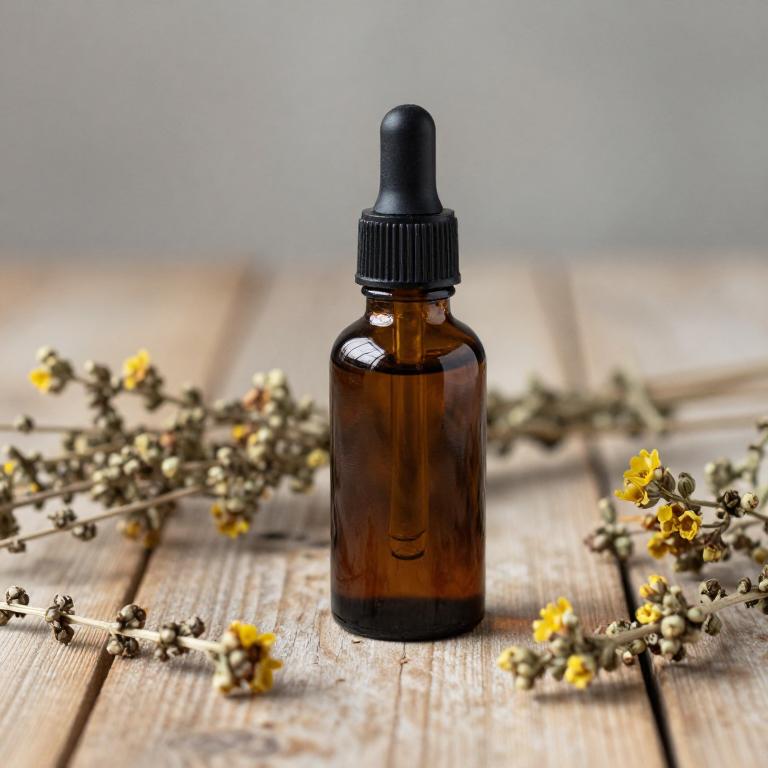
Thymus vulgaris, commonly known as thyme, is often used in herbal tinctures for its potential therapeutic properties, including antimicrobial, anti-inflammatory, and immunomodulatory effects.
These tinctures are sometimes recommended as complementary therapy for fibrocystic breast disease due to their ability to support hormonal balance and reduce breast tenderness. While scientific evidence supporting their efficacy is limited, some studies suggest that thyme may help alleviate symptoms associated with breast cysts and fibrous tissue. However, it is important to consult with a healthcare provider before using thyme tinctures, as they may interact with medications or have side effects in certain individuals.
Overall, thyme tinctures are considered a natural option that may support overall breast health when used under professional guidance.
7. Hypericum perforatum
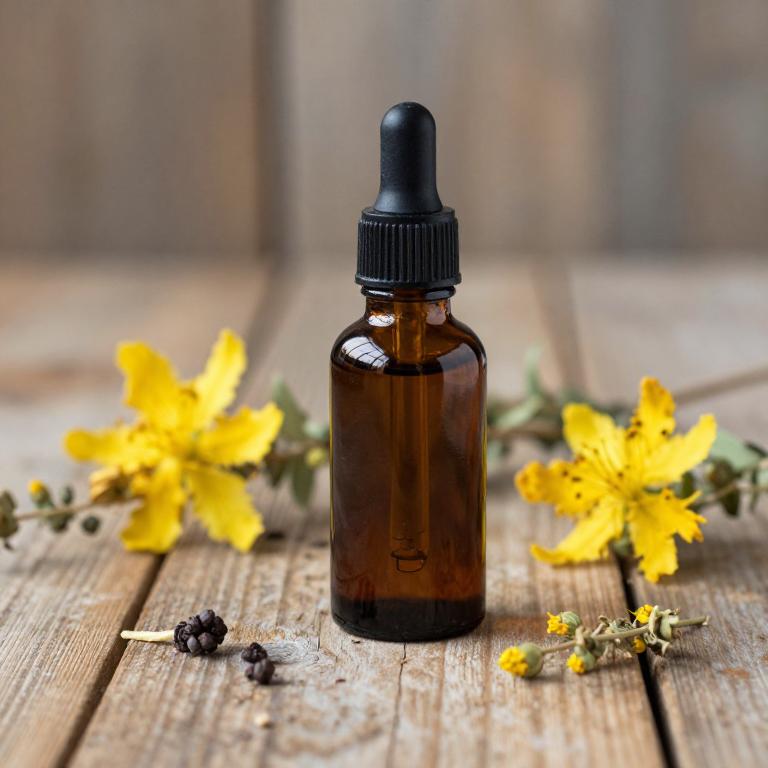
Hypericum perforatum, commonly known as St. John's Wort, is a herbal remedy that has been traditionally used for its potential therapeutic effects on various health conditions, including fibrocystic breast disease.
While primarily recognized for its antidepressant properties, some studies suggest that the active compounds in St. John's Wort, such as hypericin and hyperforin, may have anti-inflammatory and antioxidant effects that could be beneficial in managing the symptoms of fibrocystic breast disease. Herbal tinctures made from Hypericum perforatum are often prepared by soaking the dried plant material in alcohol, allowing for the extraction of these bioactive compounds. However, it is important to note that while some individuals may find relief from using St. John's Wort tinctures, more clinical research is needed to confirm its efficacy and safety specifically for fibrocystic breast disease.
As with any herbal treatment, it is advisable to consult with a healthcare provider before use, especially since St. John's Wort can interact with certain medications.
8. Rosa canina
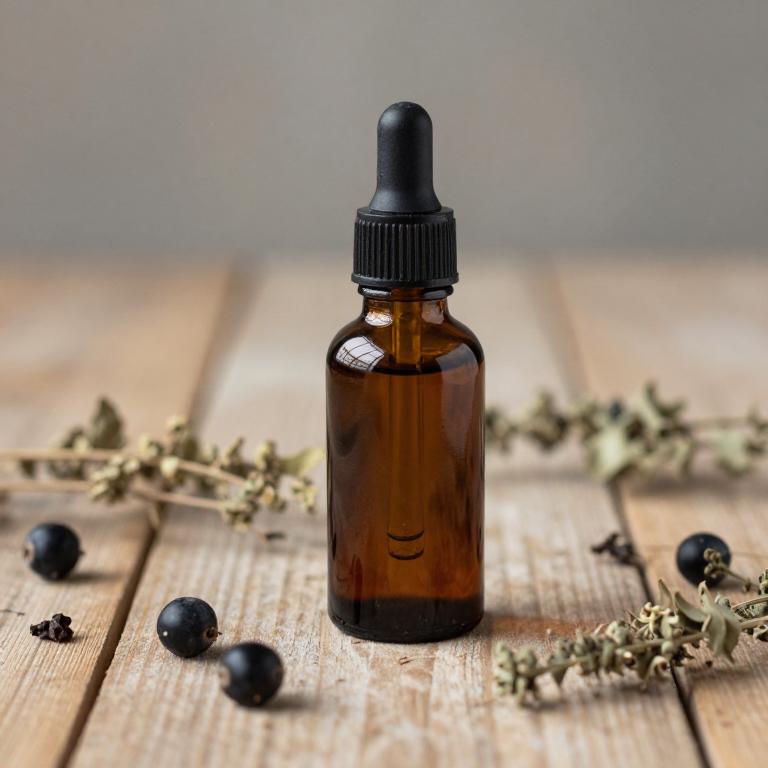
Rosa canina, also known as dog rose, has been traditionally used in herbal medicine for its anti-inflammatory and antioxidant properties, making it a potential supportive treatment for fibrocystic breast disease.
Rosa canina herbal tinctures are typically prepared from the hips of the plant and are believed to help reduce breast tenderness and swelling associated with this condition. These tinctures may support hormonal balance and enhance overall breast health due to their high content of vitamin C and bioflavonoids. While not a substitute for medical treatment, some studies suggest that Rosa canina may alleviate symptoms when used as part of a holistic approach.
It is important to consult with a healthcare professional before incorporating Rosa canina tinctures into a treatment plan for fibrocystic breast disease.
9. Cimicifuga racemosa
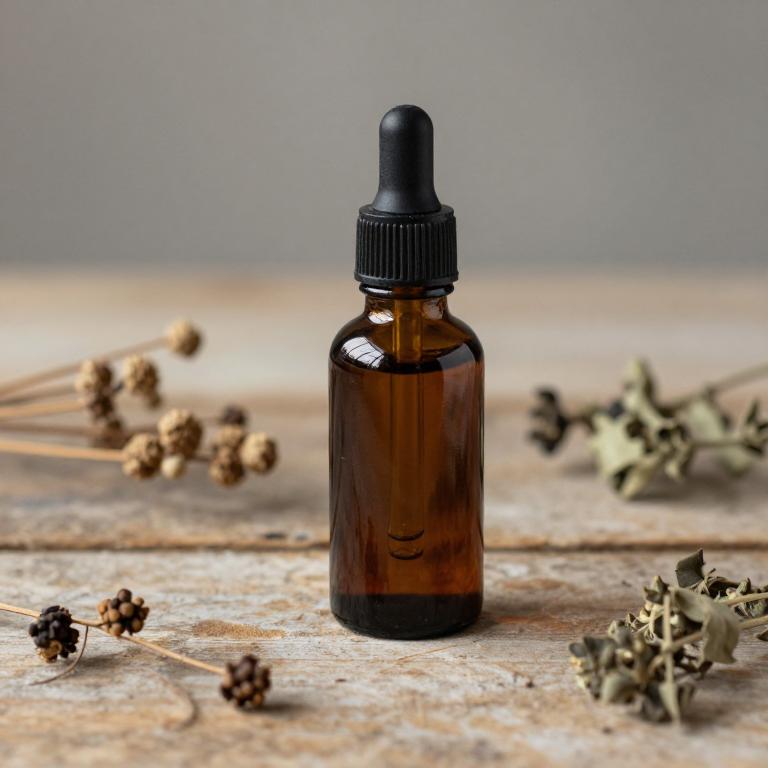
Cimicifuga racemosa, commonly known as black cohosh, is a herbal remedy that has been traditionally used to support hormonal balance and alleviate symptoms associated with fibrocystic breast disease.
Its tincture form is often recommended for its potential to reduce breast tenderness, swelling, and cyclic pain linked to hormonal fluctuations. Studies suggest that the herb may influence estrogen receptor activity, potentially decreasing the formation of breast cysts and improving overall breast tissue health. While generally considered safe for short-term use, it is important to consult a healthcare provider before starting any herbal treatment, especially for individuals with hormone-sensitive conditions.
As with any supplement, the efficacy and safety of Cimicifuga racemosa tinctures can vary, and they should be used as part of a comprehensive approach to managing fibrocystic breast disease.
10. Glycyrrhiza glabra
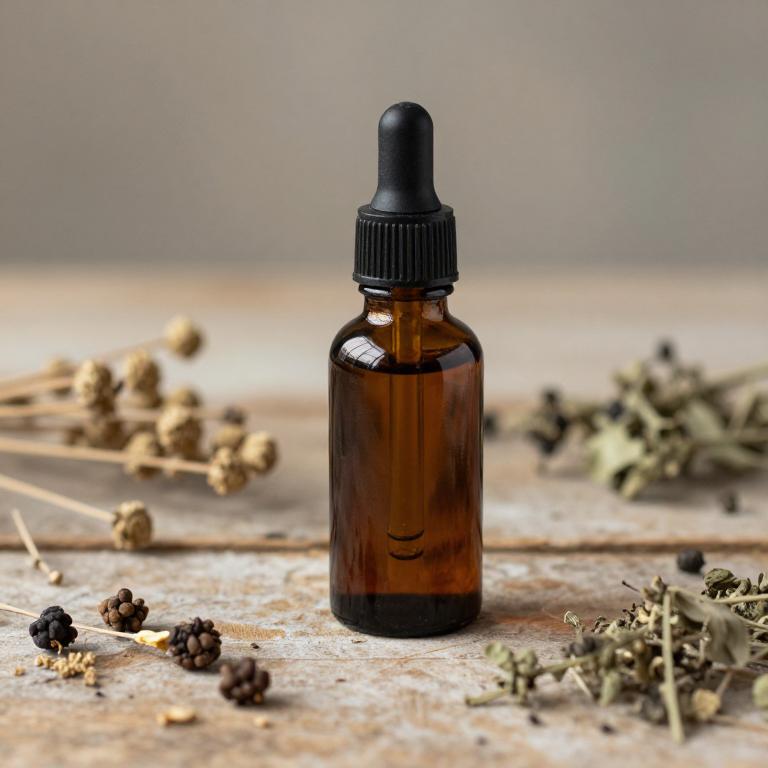
Glycyrrhiza glabra, commonly known as licorice root, is often used in herbal tinctures to support individuals with fibrocystic breast disease due to its anti-inflammatory and mild hormonal balancing properties.
The tincture contains glycyrrhizin, a compound that may help reduce breast tenderness and inflammation associated with this condition. While some studies suggest that licorice may influence estrogen metabolism, it is important to use it cautiously, as excessive intake can lead to side effects such as hypertension. Herbal tinctures made from Glycyrrhiza glabra are typically used as part of a holistic approach, often in conjunction with other herbs and under the guidance of a qualified herbalist or healthcare provider.
As with any supplement, it is advisable to consult a healthcare professional before starting licorice tinctures, especially for those with pre-existing medical conditions or who are taking medications.